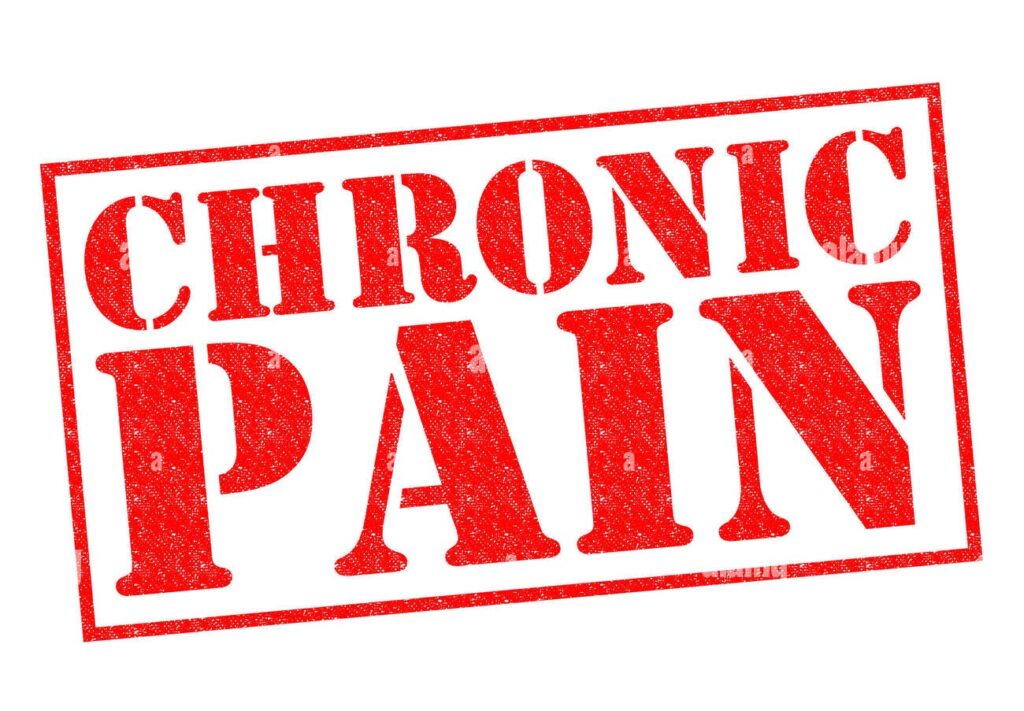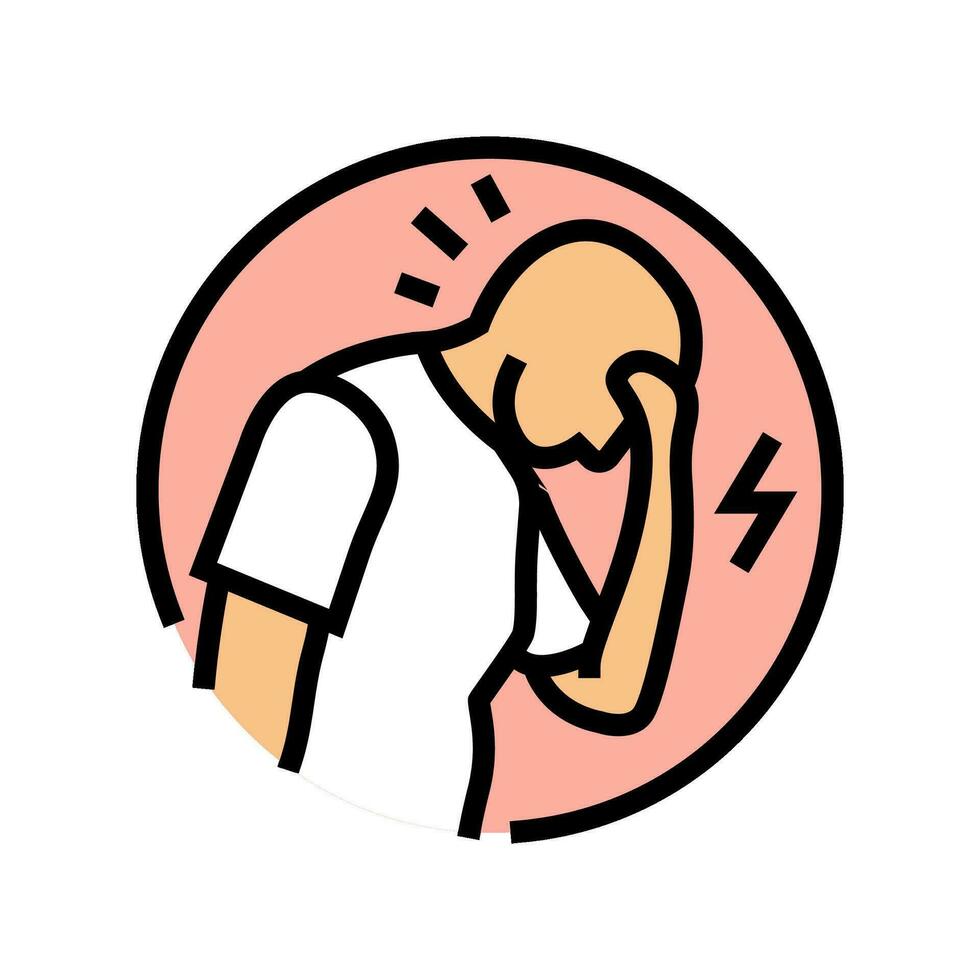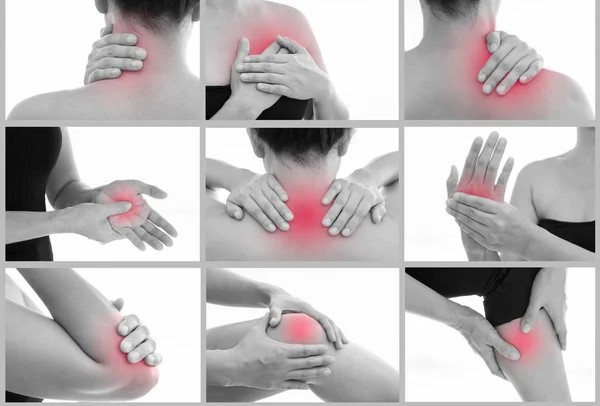Chronic Pain Syndrome (CPS) is a multifaceted condition characterized by persistent pain lasting longer than 3 to 6 months, often accompanied by psychological, behavioral, and social factors that worsen the impact of pain on an individual’s life.
Epidemiology
- Affects 10–20% of the global population.
- More common in women, middle-aged adults, and those with low socioeconomic status.
- Frequently associated with other conditions like fibromyalgia, osteoarthritis, back pain, and complex regional pain syndrome.
Classification

A. Based on Pathophysiology
- Nociceptive Pain – Due to tissue injury.
- Neuropathic Pain – Due to nerve injury or dysfunction.
- Centralized Pain – Amplification in CNS (e.g., fibromyalgia).
B. By Associated Disorders
- Primary CPS Disorders
- Fibromyalgia
- Chronic widespread pain
- Secondary CPS
- Low back pain
- Rheumatoid arthritis
- Post-surgical pain syndromes
CPS can be multifactorial:
a. Physical Causes
- Musculoskeletal disorders (e.g., low back pain, arthritis)
- Nerve injuries or neuropathic pain
- Inflammatory conditions
b. Psychological Contributors

- Depression
- Anxiety
- Post-traumatic stress disorder (PTSD)
c. Social/Environmental Factors
- Job dissatisfaction
- Lack of social support
- History of abuse or trauma
d. Biological Factors
- Neurochemical imbalances (e.g., serotonin, norepinephrine)
- Genetic predispositions to chronic pain
Pathophysiology
| Mechanism | Description |
|---|---|
| Peripheral Sensitization | Increased nociceptor responsiveness in injured tissues |
| Central Sensitization | Hyperexcitability of CNS neurons, causing pain amplification |
| Neuroplastic Changes | Functional and structural brain changes (insula, prefrontal cortex) |
| Descending Modulation | Impaired inhibitory pain control from brainstem |
Clinical Presentation
Pain Characteristics
Constant or intermittent, Burning, aching, or stabbing, Often disproportionate to physical findings, Persistent pain (localized or widespread), Fatigue, Sleep disturbances, Cognitive impairments (“fibro fog”), Mood disturbances (e.g., depression, irritability), Functional limitations.
Clinical Diagnosis
– Pain >3 months, Significant functional impairmen, Lack of identifiable ongoing tissue damage (in many cases)
Assessment Tools:
1) VAS/Numeric Pain Scale – Pain intensity measurement
2) McGill Pain Questionnaire – Qualitative pain description
3) Pain Catastrophizing Scale – Psychological assessment
4) SF-36, WHODAS – Functional assessment
Role of Interdisciplinary Care
| Specialist | Role |
|---|---|
| Pain Medicine | Diagnostic clarification, pharmacologic strategy |
| Physiotherapist | Restore function, graded mobility |
| Psychologist | CBT, behavior modification |
| Occupational Therapist | ADL optimization, adaptive techniques |
| Social Worker | Support systems, counseling |
Role of Physiotherapy in Chronic Pain Syndrome (CPS)

Objectives of Physiotherapy
Physiotherapy in CPS focuses on functional restoration and neurophysiological reprogramming rather than only pain elimination.
Core Goals:
- Reduce pain perception
- Improve physical function and mobility
- Restore movement confidence
- Decrease fear-avoidance behaviors
- Enhance quality of life
- Support return to work or daily activity
Key Physiotherapy Strategies
A. Pain Education (Pain Neuroscience Education – PNE)
- Teaches patients about central sensitization and neuroplasticity
- Reduces fear, catastrophizing, and kinesiophobia
- Lays the groundwork for physical reactivation
B. Graded Exercise Therapy (GET)
- Structured, progressive exercise approach
- Starts below the patient’s pain threshold
- Builds tolerance and reduces hypersensitivity over time
| Component | Example |
|---|---|
| Aerobic training | Walking, cycling, swimming |
| Resistance work | Low-load strength training |
| Flexibility | Gentle stretching routines |
C. Functional Movement Restoration
- Task-specific training (e.g., sit-to-stand, reaching, stair climbing)
- Focuses on improving daily activities (ADLs)
- Promotes independence and confidence
D. Manual Therapy (Cautious Use)
- Soft tissue mobilization, myofascial release
- Joint mobilization for mechanical dysfunction
- Important: Avoid over-reliance; should not reinforce passive pain behaviors
E. Postural and Movement Re-education
- Correct maladaptive movement patterns
- Emphasis on body awareness, balance, and motor control
F. Relaxation & Breathing Techniques
- Diaphragmatic breathing
- Progressive muscle relaxation
- Helps regulate autonomic response (↓ sympathetic overactivity)
Psychosocial Integration
Physiotherapists play a vital role in the biopsychosocial model of pain:
| Role | Description |
|---|---|
| Cognitive support | Address fear-avoidance beliefs |
| Behavioral reinforcement | Encourage self-efficacy and active coping |
| Communication with team | Coordinate with psychology and pain specialists |
Patient Education Components
- Pain ≠ Damage: Teaching pain as a protective output of the brain
- Importance of movement even during pain flares
- How pacing and activity planning reduce flare-ups
Commonly Used Tools and Modalities
| Modality | Purpose |
|---|---|
| TENS (Transcutaneous Electrical Nerve Stimulation) | Modulate pain perception |
| EMG biofeedback | Improve motor control and muscle relaxation |
| Mirror Therapy | For body image distortion, CRPS-like symptoms |
| Virtual Reality (VR) | Used in advanced clinics for graded exposure |
Exercise Prescription Guidelines
Frequency – 3–5 days/week
Intensity – Low to moderate, guided by RPE
Type – Aerobic, strengthening, stretching
Progression – Based on time, not pain
Note: Use the “start low and go slow” principle.
Special Considerations
- Avoid over-treatment and dependency on passive therapies
- Respect pain thresholds but avoid complete rest
- Promote activity pacing to prevent overexertion
Interdisciplinary Collaboration
Physiotherapists must work alongside:
- Pain psychologists (for CBT and behavioral strategies)
- Physicians (for pharmacologic and diagnostic clarity)
- Occupational therapists (for ADL-specific rehab)
Evidence Summary
- High-level evidence supports exercise and education for chronic pain
- Studies confirm improvements in:
- Function
- Mood
- Pain tolerance
- Return to work rates
Also check out this :-


Pingback: Prescribing in Physiotherapy For Pain- A detailed overview - Nutriphyfit